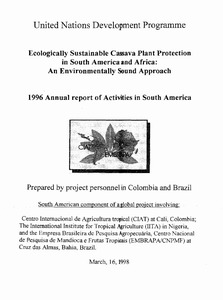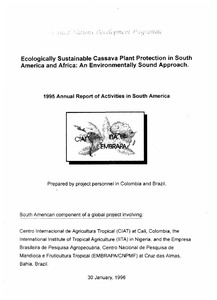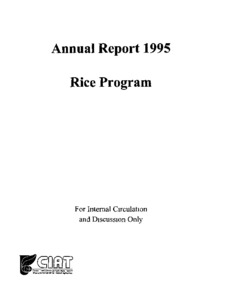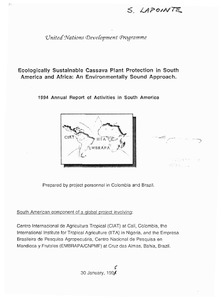Myanmar coastal rain forests (IM0132)
Biome: Tropical and Subtropical Moist Broadleaf Forests...
Size: 25,700 square miles...
Conservation Status: Vulnerable.....
Introduction:
"The Myanmar Coastal Rain Forests [IM0132] are a diverse set of climatic niches and habitats that include flora and fauna from the Indian, Indochina, and Sundaic regions. Though low in endemism, this ecoregion has a tremendous species diversity. However, the forests have been increasingly destroyed to make way for agriculture, and poaching has become the dominant threat to the remaining wildlife populations.








